Anakin Skywalker, a young slave strong with the Force, is discovered on Tatooine. Meanwhile, the evil Sith have returned, enacting their plot for revenge against the Jedi. Star Wars: Episode […]
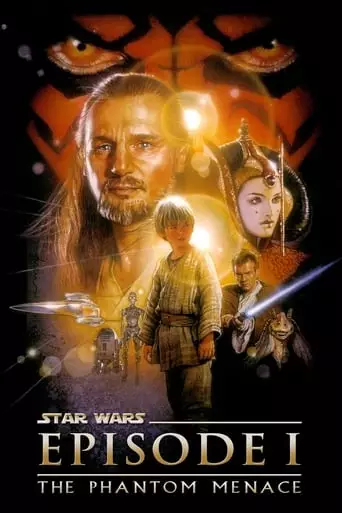
Anakin Skywalker, a young slave strong with the Force, is discovered on Tatooine. Meanwhile, the evil Sith have returned, enacting their plot for revenge against the Jedi. Star Wars: Episode […]
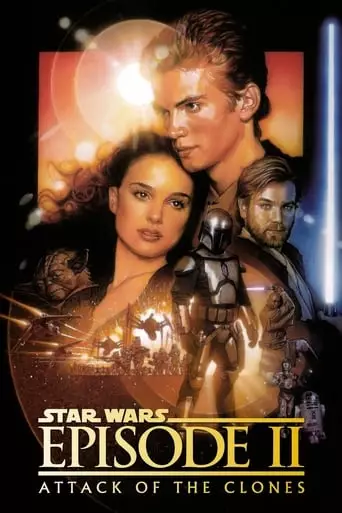
Following an assassination attempt on Senator Padmé Amidala, Jedi Knights Anakin Skywalker and Obi-Wan Kenobi investigate a mysterious plot that could change the galaxy forever. Star Wars: Episode II – […]

People in the future live in a totalitarian society. A technician named THX 1138 lives a mundane life between work and taking a controlled consumption of drugs that the government […]
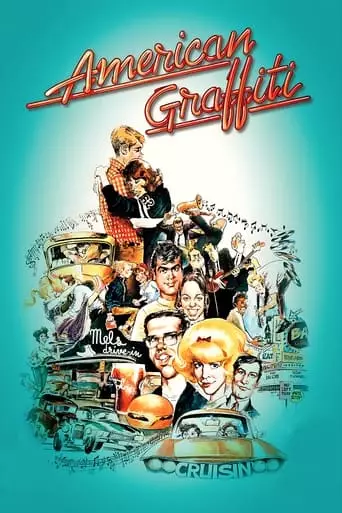
A couple of high school graduates spend one final night cruising the strip with their buddies before they go off to college. American Graffiti (1973) is a seminal coming-of-age film […]
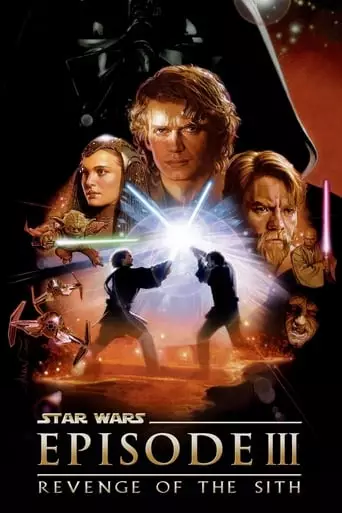
The evil Darth Sidious enacts his final plan for unlimited power — and the heroic Jedi Anakin Skywalker must choose a side. Star Wars: Episode III – Revenge of the […]
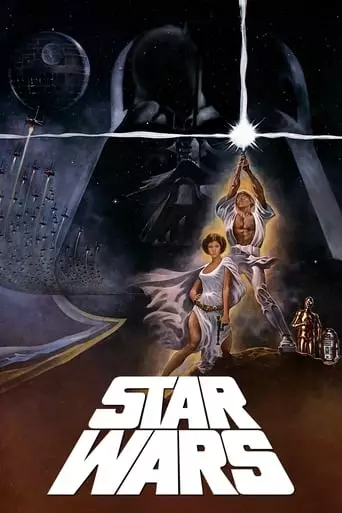
Princess Leia is captured and held hostage by the evil Imperial forces in their effort to take over the galactic Empire. Venturesome Luke Skywalker and dashing captain Han Solo team […]
George Lucas: The Visionary Architect of Modern Cinema
George Lucas is one of the most influential filmmakers in the history of cinema, known for creating the Star Wars and Indiana Jones franchises, which have become cultural phenomena worldwide. As a director, writer, and producer, Lucas revolutionized storytelling, special effects, and the business of filmmaking. His innovations in technology and world-building have left an indelible mark on the industry, inspiring generations of filmmakers and audiences alike.
Early Life and Passion for Filmmaking
George Walton Lucas Jr. was born on May 14, 1944, in Modesto, California. As a child, Lucas was fascinated by cars and dreamed of becoming a racecar driver. However, a near-fatal car accident in high school shifted his focus to storytelling and film.
Lucas attended the University of Southern California’s School of Cinematic Arts, where he honed his craft and developed a passion for experimental filmmaking. His student film Electronic Labyrinth: THX 1138 4EB won acclaim, leading to his first feature film, THX 1138 (1971), a dystopian science fiction drama.
The Birth of Star Wars
American Graffiti (1973)
Before Star Wars, Lucas directed American Graffiti, a nostalgic coming-of-age story set in the early 1960s. The film, produced on a modest budget, was a critical and commercial success, earning five Academy Award nominations and cementing Lucas’s reputation as a talented filmmaker.
The success of American Graffiti gave Lucas the freedom to pursue his ambitious vision for Star Wars, a space opera inspired by mythological storytelling, comic books, and serial adventures.
Star Wars: Episode IV – A New Hope (1977)
Lucas’s magnum opus, Star Wars: Episode IV – A New Hope, debuted in 1977 and changed cinema forever. The film introduced audiences to a galaxy far, far away, featuring iconic characters like Luke Skywalker, Princess Leia, Darth Vader, and Han Solo.
The groundbreaking visual effects, created by Lucas’s company Industrial Light & Magic (ILM), set a new standard for filmmaking. Star Wars became a global phenomenon, earning over $775 million at the box office and winning six Academy Awards.
Expanding the Star Wars Universe
Although Lucas directed only the first film in the original trilogy, he remained deeply involved in the sequels, The Empire Strikes Back (1980) and Return of the Jedi (1983), as a writer and producer. These films expanded the mythology of the Star Wars universe, exploring themes of heroism, redemption, and the battle between good and evil.
Lucas returned to the director’s chair for the prequel trilogy, beginning with The Phantom Menace (1999), followed by Attack of the Clones (2002) and Revenge of the Sith (2005). While the prequels received mixed critical reception, they introduced groundbreaking digital filmmaking techniques and expanded the lore of the Star Wars saga.
Collaboration with Steven Spielberg: Indiana Jones
In addition to Star Wars, Lucas co-created the Indiana Jones franchise with Steven Spielberg. The first film, Raiders of the Lost Ark (1981), introduced audiences to the adventurous archaeologist Indiana Jones, played by Harrison Ford.
Lucas’s knack for storytelling and Spielberg’s directorial prowess made the Indiana Jones films critical and commercial successes. The franchise, which includes Temple of Doom (1984), The Last Crusade (1989), and Kingdom of the Crystal Skull (2008), remains a beloved part of popular culture.
Innovations in Technology and Filmmaking
Lucas’s contributions to cinema extend beyond storytelling. His commitment to pushing technological boundaries transformed the industry:
Industrial Light & Magic (ILM): Founded by Lucas in 1975, ILM became the premier visual effects company, pioneering techniques used in films like Jurassic Park (1993) and The Avengers (2012).
Skywalker Sound: Lucas’s sound division revolutionized audio in film, introducing innovations like THX certification.
Digital Filmmaking: Lucas championed the use of digital cameras and CGI, paving the way for modern blockbusters.
The Sale of Lucasfilm and Legacy
In 2012, Lucas sold Lucasfilm to The Walt Disney Company for $4.05 billion, entrusting the future of the Star Wars franchise to a new generation of filmmakers. This deal led to the creation of the sequel trilogy, standalone films like Rogue One (2016), and Disney+ series such as The Mandalorian.
Although Lucas stepped back from active filmmaking, his influence remains profound. He continues to support educational initiatives and philanthropic efforts, including the George Lucas Educational Foundation, which promotes innovation in education.
Themes and Style
George Lucas’s work is defined by:
Mythological Storytelling: Drawing from Joseph Campbell’s The Hero with a Thousand Faces, Lucas crafts stories rooted in universal archetypes and moral dilemmas.
Innovative Visuals: Lucas’s films feature groundbreaking effects and world-building that immerse audiences in fantastical settings.
Timeless Themes: His stories explore hope, redemption, and the triumph of good over evil, resonating with audiences of all ages.
Conclusion
George Lucas is more than a filmmaker; he is a visionary who reshaped the landscape of modern cinema. From the creation of Star Wars to his advancements in technology, Lucas’s impact on storytelling and filmmaking is immeasurable.
Through his work, Lucas has transported audiences to galaxies far, far away and adventurous landscapes filled with wonder. His legacy as a pioneer and storyteller continues to inspire, ensuring that his contributions to the art of cinema will endure for generations to come.